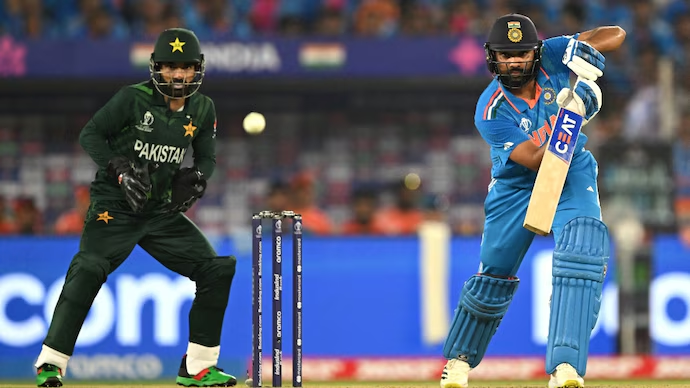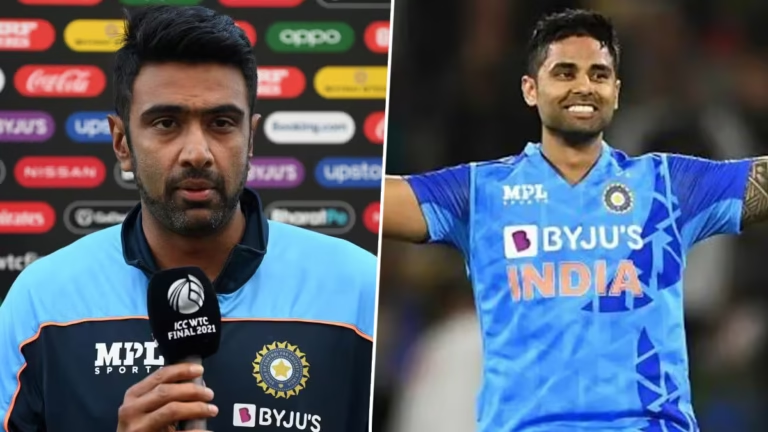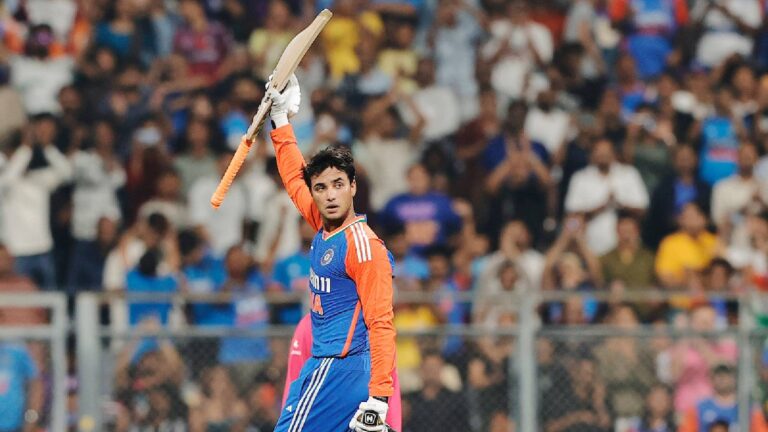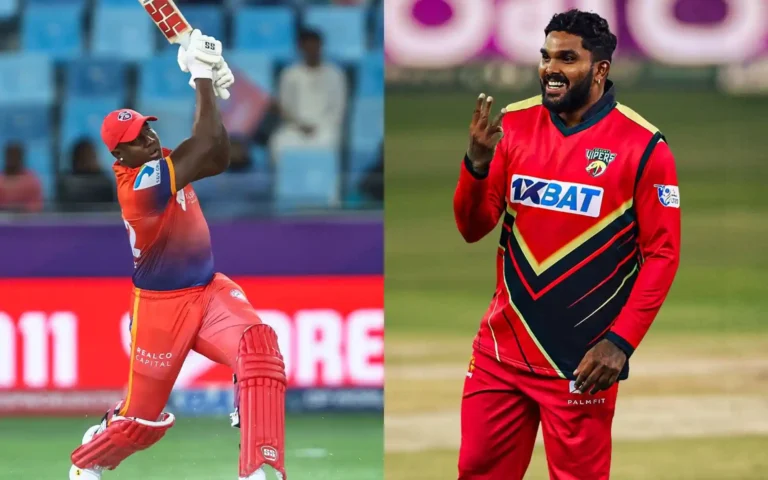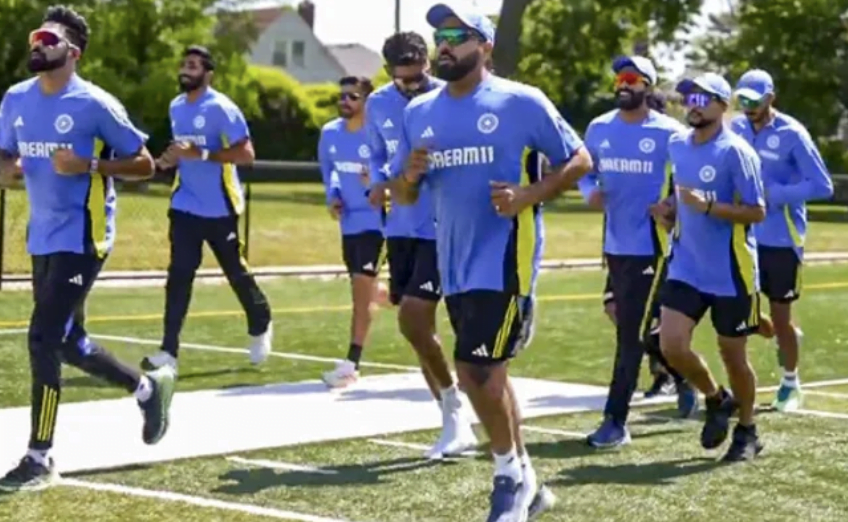
(Source X)
Recent changes indicate that fitness tests like the yo-yo test are no longer mandatory for selection in the Indian cricket team. Instead, the focus has shifted towards injury prevention and performance evaluation tests for centrally contracted players. According to a document from the National Cricket Academy (NCA) cited by TOI, the traditional fitness tests are no longer decisive in player selection.
Under the leadership of Virat Kohli and head coach Ravi Shastri, the yo-yo test was previously a prerequisite for squad inclusion. However, this requirement has now been relaxed.
The decision to remove standard fitness tests as a selection criterion was made by the BCCI’s medical team at the NCA in response to recurring injuries among key players like Hardik Pandya and Jasprit Bumrah following the 2019 ODI World Cup.
The NCA, equipped with physiotherapists and strength & conditioning coaches, has introduced three specific assessments: the National Fitness Testing Criteria (NFTC), Performance Testing Battery, and Prevention Testing Battery.
The NFTC, conducted every 12-16 weeks, includes tests such as 10 10-meter sprints, 20 20-meter sprints, standing long jump, yo-yo tests, and a dexa scan to measure body fat percentage. These tests are based on average benchmarks for athletes in specific age groups and serve as group standards rather than strict selection criteria, as outlined in the document.
“Please note these are only fitness measures and not a selection criterion,” the document reads.
Different fitness tests are conducted for young cricketers and centrally contracted players. For centrally contracted players, the yo-yo test and 20-meter sprint benchmarks are set at 16.5, whereas for emerging players, the mark is slightly higher at 16.7.
The yo-yo test, once a regular requirement, has become uncommon at the NCA recently. This change reflects the expectation that centrally contracted players maintain a consistent level of fitness.
Given that players spend extensive time traveling and playing cricket throughout the year, conducting frequent NFTC tests would be impractical and potentially unfair. Hence, the emphasis has shifted towards injury prevention and performance assessments instead.
“With the amount of cricket and time they spend on the road, it is unreasonable for contracted players to undergo NFTC tests. So, the focus has shifted to injury prevention and performance tests. Team India strength and conditioning coach Soham Desai, along with physios Yogesh Parmar, Thulasi and Kamlesh Jain, has done a great job keeping the players in shape through the 2023 ODI World Cup and this T20 World Cup,” a BCCI source was quoted as saying by TOI.
Prevention testing focuses on assessing a player’s posture through exercises like overhead squats, walking lunges, glute bridge holds, and half kneeling medicine ball throws. These tests are brief and aim to identify any issues with a player’s posture that could increase their risk of injury.
In addition to these physical tests, players also utilize GPS vests and Whoop bands. These devices track running and bowling metrics, as well as gather data on a player’s sleep patterns and recovery. This comprehensive approach helps in monitoring and optimizing the players’ physical condition and reducing the likelihood of injuries.
“There are data and tests galore to ensure that the player is in prime shape when he takes the field. The performance testing battery and prevention testing battery played a big role in players going out on the field and performing without worrying about breaking down,” the source added.
For Jasprit Bumrah, Hardik Pandya, Shreyas Iyer, and Ravindra Jadeja, the medical team explored using these testing batteries during 2022-23 to manage their conditions. Surgery was considered as a final resort in their treatment plans.

